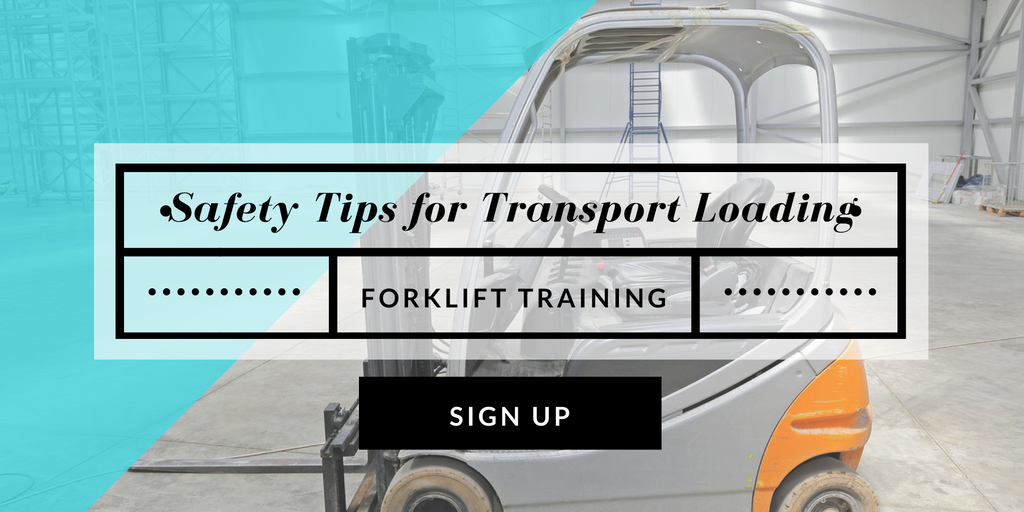Forklift Safety Tips for Transport Loading and Unloading
 The forklift is a material handling piece of equipment that was designed to load, unload, and transport heavy objects and materials. They are used throughout warehouses mainly and are a crucial part of the daily working processes. Trained workers are the only ones qualified to operate forklifts because as helpful as forklifts are, they can be dangerous when not operated correctly. Preventing accidents on forklifts depends on safety practices and training. Loading and unloading protocols is one important part of safety training that can help workers prevent accidents and save lives.
The forklift is a material handling piece of equipment that was designed to load, unload, and transport heavy objects and materials. They are used throughout warehouses mainly and are a crucial part of the daily working processes. Trained workers are the only ones qualified to operate forklifts because as helpful as forklifts are, they can be dangerous when not operated correctly. Preventing accidents on forklifts depends on safety practices and training. Loading and unloading protocols is one important part of safety training that can help workers prevent accidents and save lives.
Safe Handling Preparation
Before an operator can handle a load, they need to be aware of any possible hazards that could cause the forklift to tip over or cause any damage to people or the surroundings. These hazards are off-center loads which can cause tip overs, overloading which can cause tip overs and falling loads, and damaged or loose loads that can come unstable and hurt someone. To ensure the safe handling of a load, workers need to make sure the load is secure to stabilize it, center the load as much as possible, avoid overloading, understand the forklift’s load capacity, and use the load extension backrest for security.
Lifting a Load
When attempting to lift a load, it is important to be conscious of any hazards like an insufficient clearance, falling loads, and stuck loads. Safety tips for lifting a load include checking the overhead clearance to ensure there are no objects that could in contact with the load, such as lighting, pipes, and sprinklers. This step is especially true when operating in a confined space like a truck trailer. Lift the load very carefully above the lower stack about four inches. Raise the load until it’s clear off the ground and then tilt the mast back slightly to rest the load against the backrest extension to help stabilize it and provide support when traveling. Make sure the load is not touching any objects and can’t catch any obstructions. Return the lift control lever to the neutral position.
Lowering a Load
The biggest hazards present when lowering a load on a forklift are falling loads that can hit other workers, and hitting objects that can fall and strike others or come into contact with other unstable objects. Before a load is lowered, make sure the load is slightly tilted back to stabilize it, out of its neutral position. First, ensure the load is secured before moving, tilt the mast backward to stabilize the load, and move the forklift 8-12 inches away from the load to get it ready for lowering. Stop the truck, return the mast to the vertical position before lowering the load, lower the load so that its lowest point is 6-8 inches away from the floor, and keep the load at a safe travel height while moving with the load.
To become certified to operate forklifts and learn the latest safety standards, head over to ForkliftCertification.com, an online forklift certification course that teaches workers everything they need to know to operate forklifts, avoid hazards, and practice the correct safety procedures that help to prevent accidents that lead to injuries and fatalities.